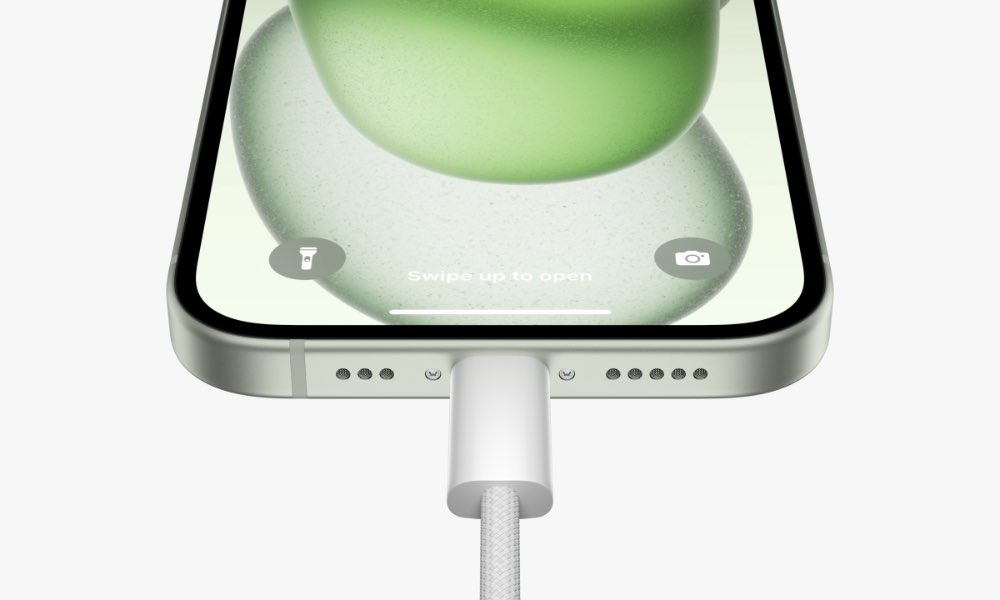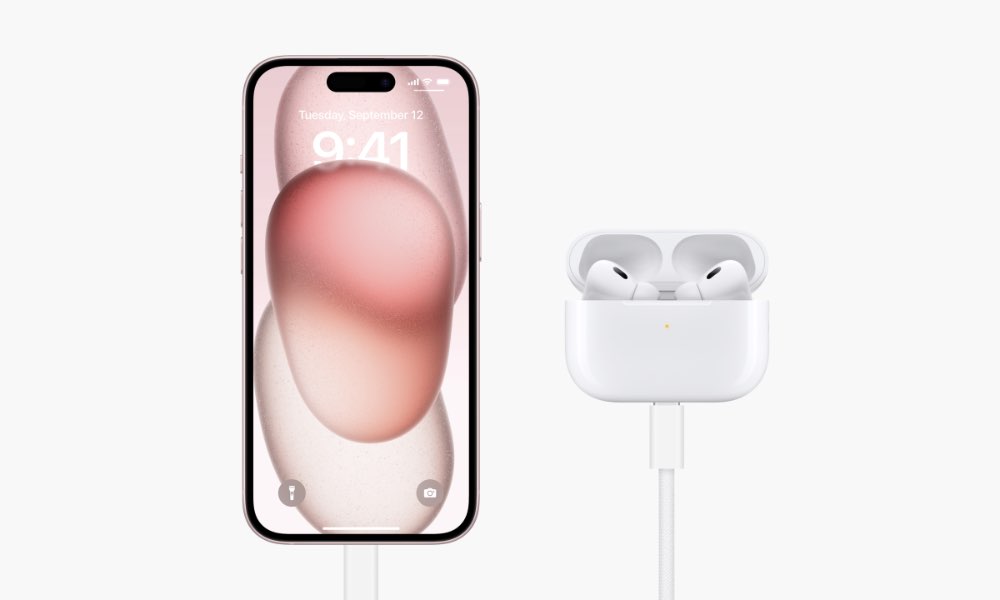The iPhone 15 Won’t Charge from Some USB-C Power Banks

Toggle Dark Mode
Although the switch to USB-C on the iPhone is great for promising broader compatibility with chargers and other accessories, it seems that it’s not all sunshine and roses when it comes to external battery packs and power banks.
As shared by MacRumors, several folks on Reddit and the MacRumors forums have been reporting problems with some power banks not charging their new iPhone 15 models.
From the reports, the problem seems to be occurring most commonly with Anker power banks and is related to the iPhone 15’s reverse charging feature, which allows the iPhone’s USB-C port to output power that can be used to charge AirPods or other low-power USB-C devices.
What seems to be happening is that some battery packs aren’t communicating properly with the iPhone 15, resulting in the iPhone thinking that it’s supposed to send power out to charge the battery pack rather than taking power in to charge its own internal battery. Since there’s no way to disable reverse charging on the iPhone 15, some customers have ended up with battery packs that actually do the opposite of charging their iPhone, sucking power out of the iPhone battery instead.
Most of the battery packs involved appear to have multiple USB ports, usually a combination of a USB-C port that’s also used for charging the pack plus a USB-A port that only supplies power out to an external device. This is a common configuration among higher-capacity packs to provide broader compatibility and the ability to charge multiple devices simultaneously.
It’s also important to note that some older battery packs, such as Anker’s original PowerCore Slim 10000, only use the USB-C port for charging the battery pack; only the USB-A ports are intended to supply power output to other devices. Unsurprisingly, these won’t work to charge an iPhone using a USB-C-to-USB-C connection, but connecting the USB-A port should work fine.

A newer model of that same Anker pack, the PowerCore Slim 10000 PD, does provide a bi-directional USB-C port, so it should be able to charge an iPhone 15. However, users who own that one have indicated that it’s not working as expected.
One Reddit user who owns the PD model reached out to Anker customer support, which pointed to the reverse charging function and advised the customer to use the USB-A port until Anker comes up with a solution.
It seems that due to the iPhone 15 series’ reverse charging function, the USB C’s port charging of Anker PowerCore Slim 10k PD will be influenced, which does not have a solution currently.Anker support, via Reddit user kevinwinsper
Another user on the MacRumors forums suggested that the “Anker power bank is non-compliant,” correctly pointing out that devices with two-way charging should be communicating with each other to figure out which way the power should flow, adding that “the iPhone doesn’t identify as a charger so the powerbank should reject that.” The user adds that their Mophie power bank with two-way USB-C charging works fine for them.

Although Apple showed off the reverse charging capability during its iPhone 15 launch event as if it were something specific to charging the new USB-C AirPods Pro, this is part of the USB standard and can be used to charge any other device, including Apple’s older Lightning-equipped AirPods. The only reason it’s new on the iPhone 15 lineup is that these iPhones now sport USB-C ports.
Apple’s USB-C iPad models have supported reverse USB charging since they switched to that port, from the first USB-C 2018 iPad Pro models to the current 10th-generation iPad. The affected power banks would likely have the same problem charging a USB-C iPad, although they’re far less often used for this purpose.
However, this isn’t even a problem that’s unique to Apple. Another Redditor shares a similar issue they had with a Google Pixel phone, which also supports reverse charging via its USB-C port. The user could make it work with a bit of fiddling, pressing the button on the power bank to show the charge level before plugging in the phone.
While none of the power banks that we’ve tested have shown any of these problems, and the folks at MacRumors concur with their tests, it’s important to keep in mind that you could run into some incompatibilities if you’re looking for a power bank to charge your new iPhone 15. Based on the reports, it may be a good idea to avoid off-brand power banks for now and steer clear of Anker’s until it can confirm these problems have been fixed.
If you have a power bank that doesn’t seem to be charging your iPhone 15 properly via a USB-C-to-USB-C connection, we’d recommend switching to the USB-A port if it has one. Your iPhone 15 won’t charge as quickly, but it’s much more likely to work as most power banks won’t receive a charge via their USB-A ports.







